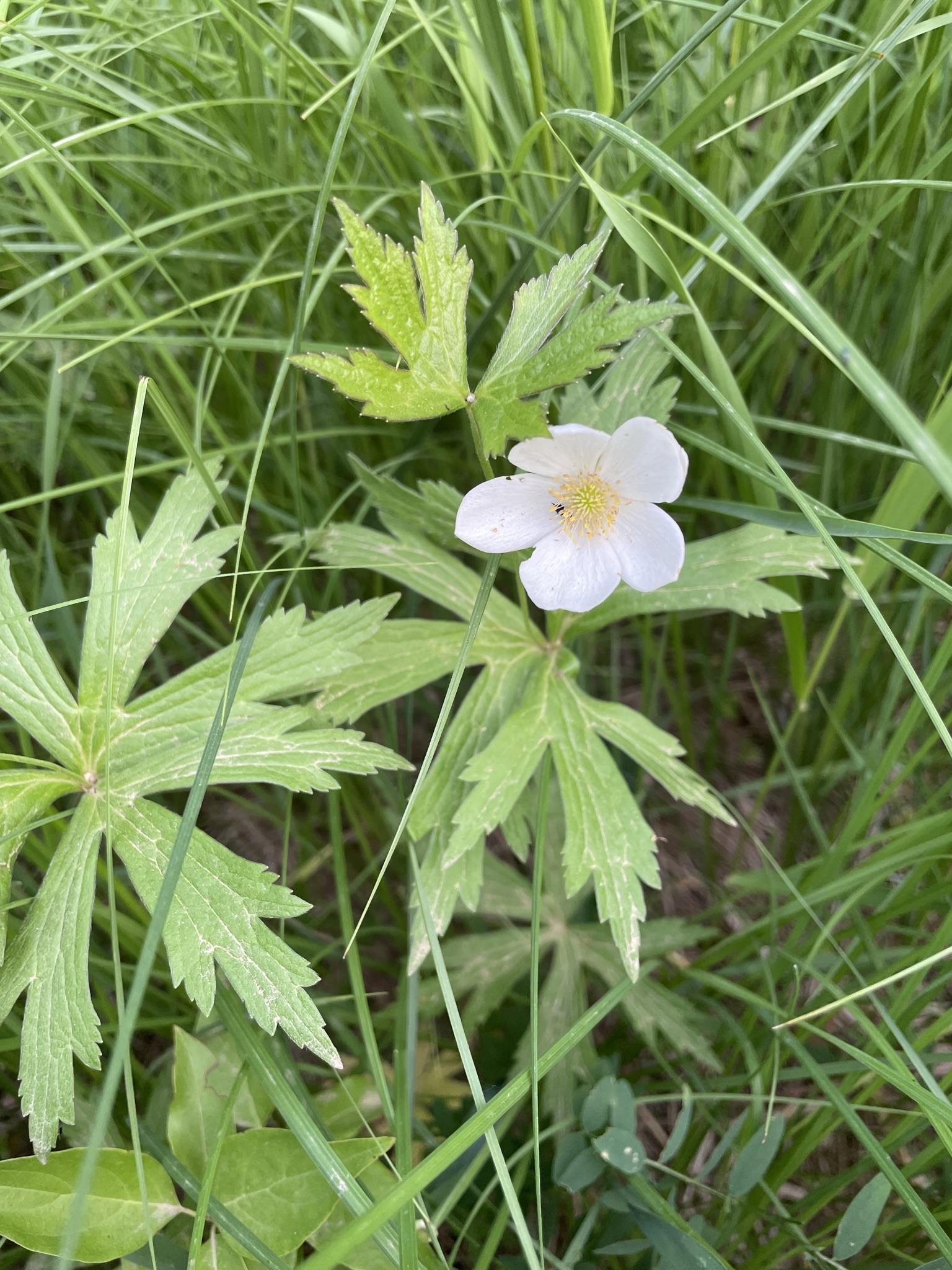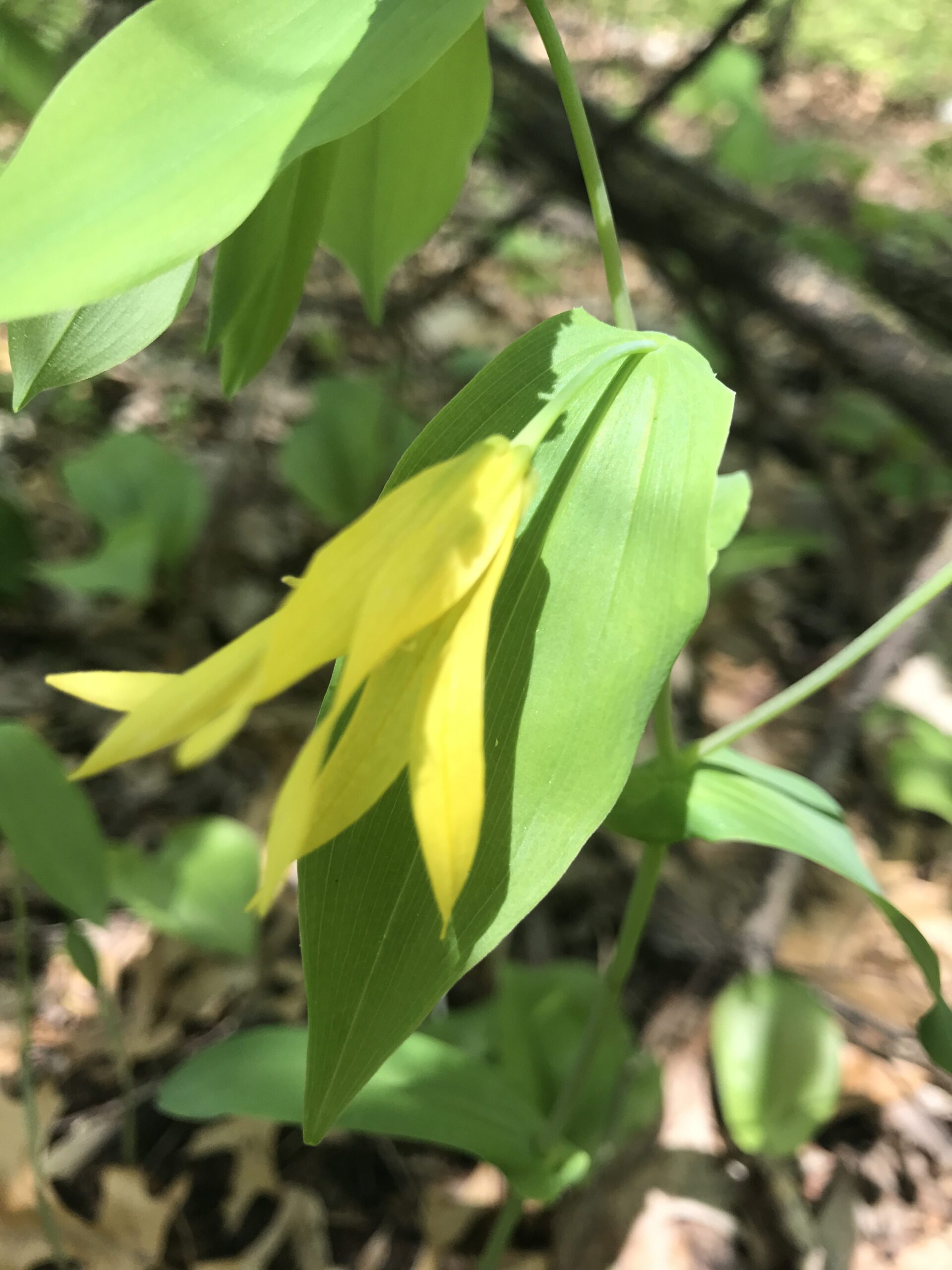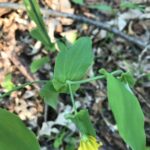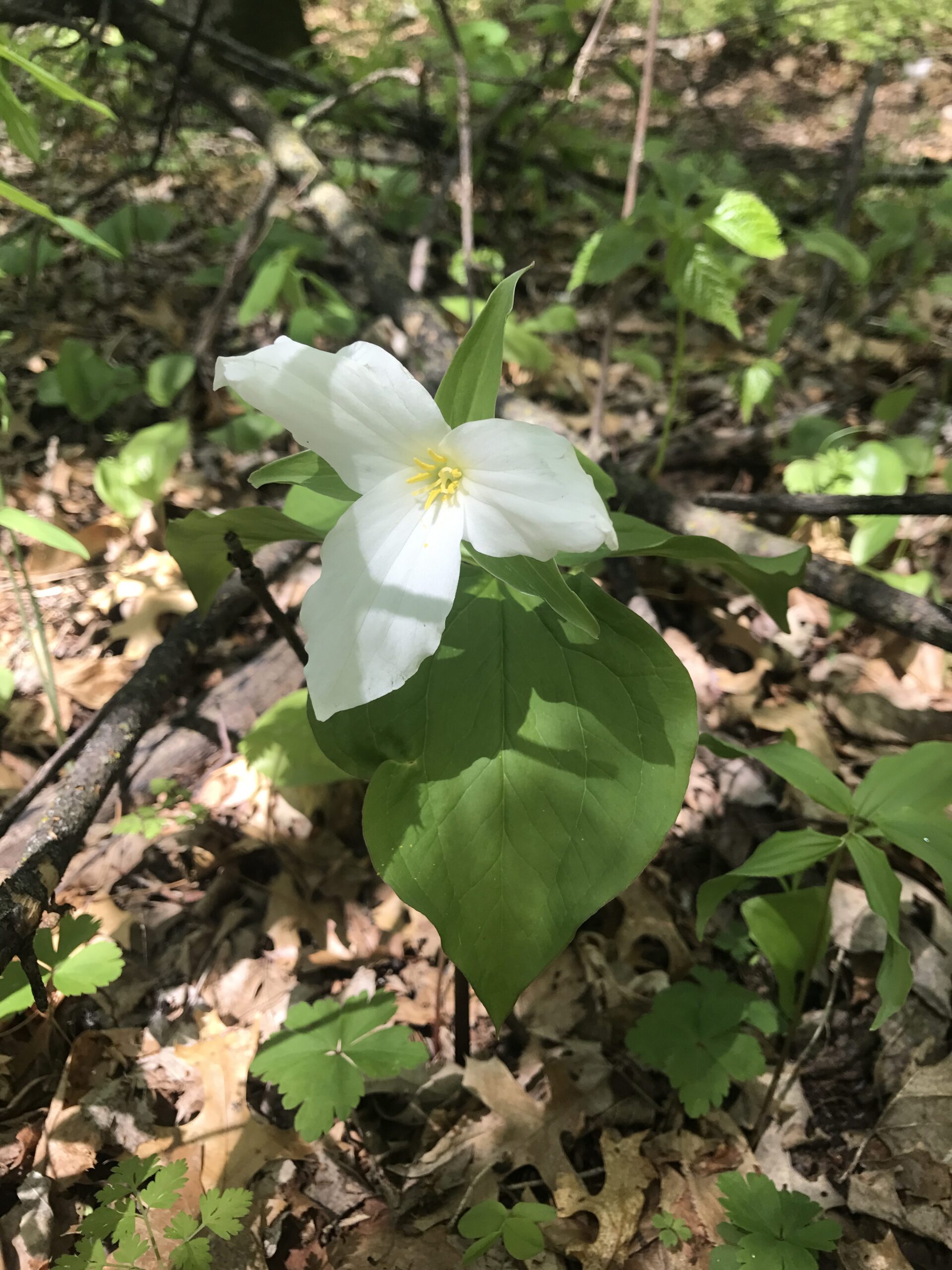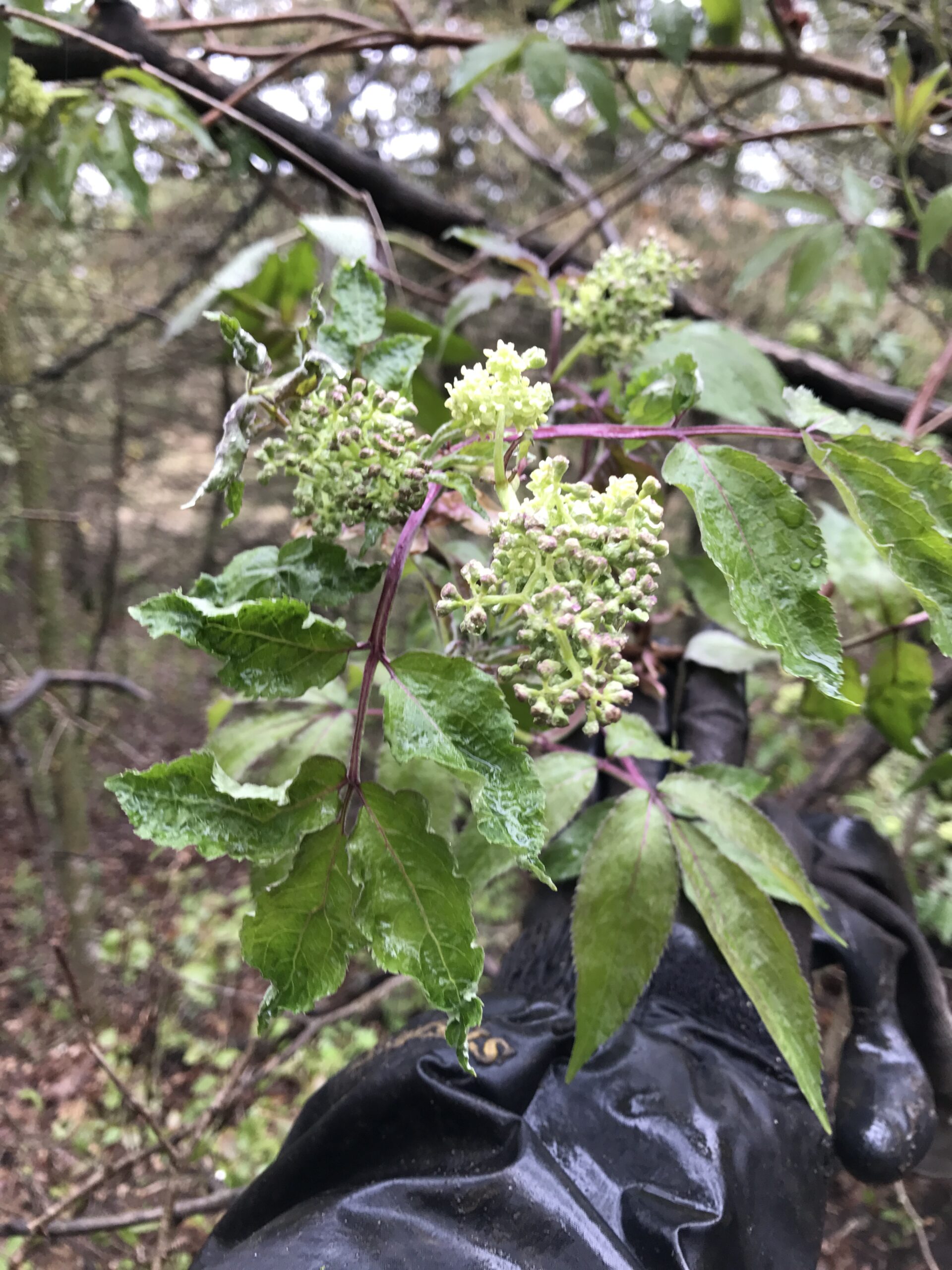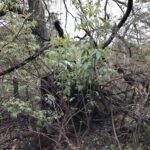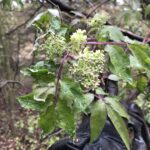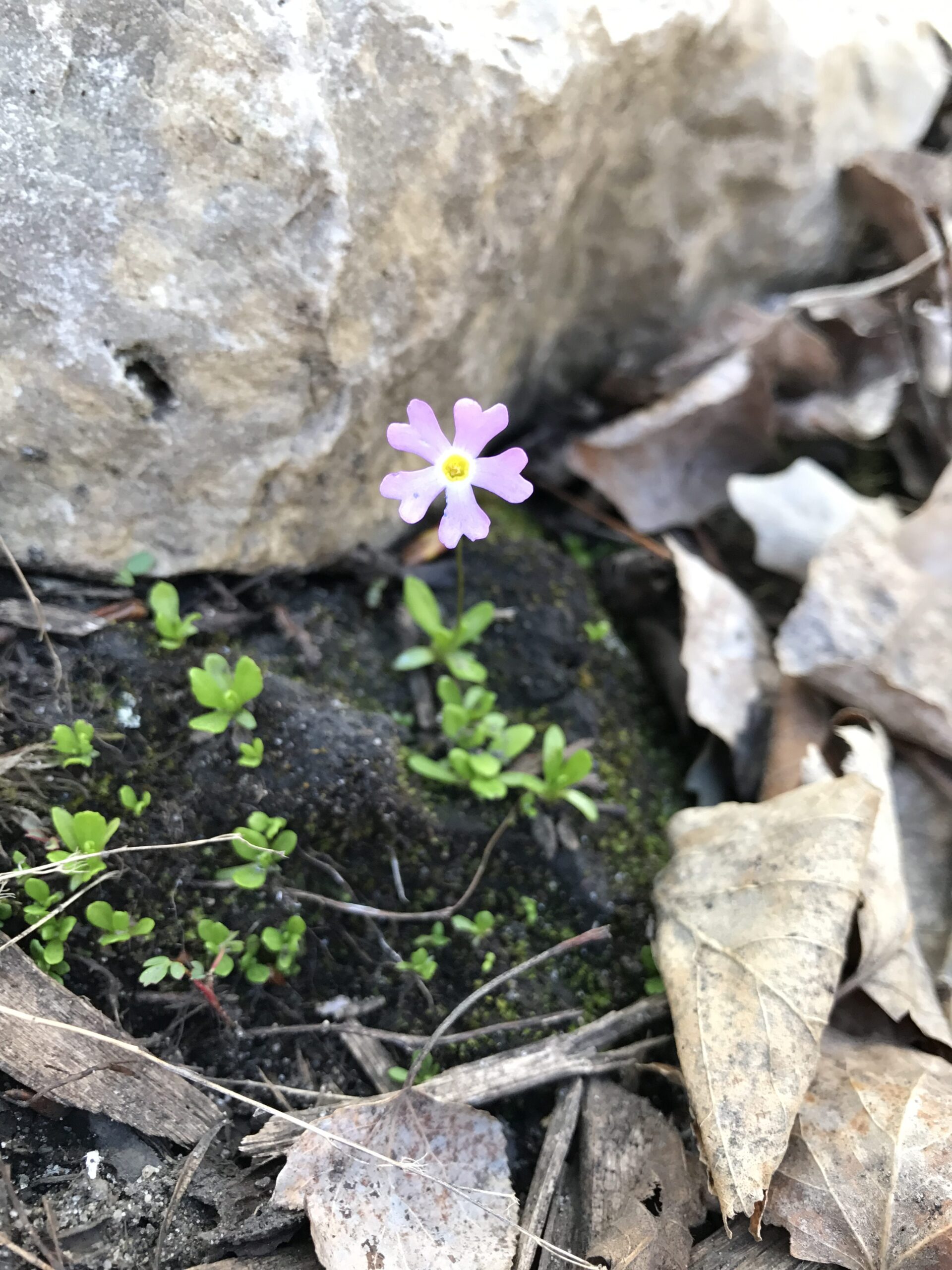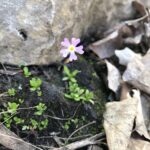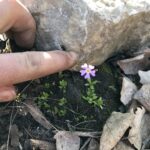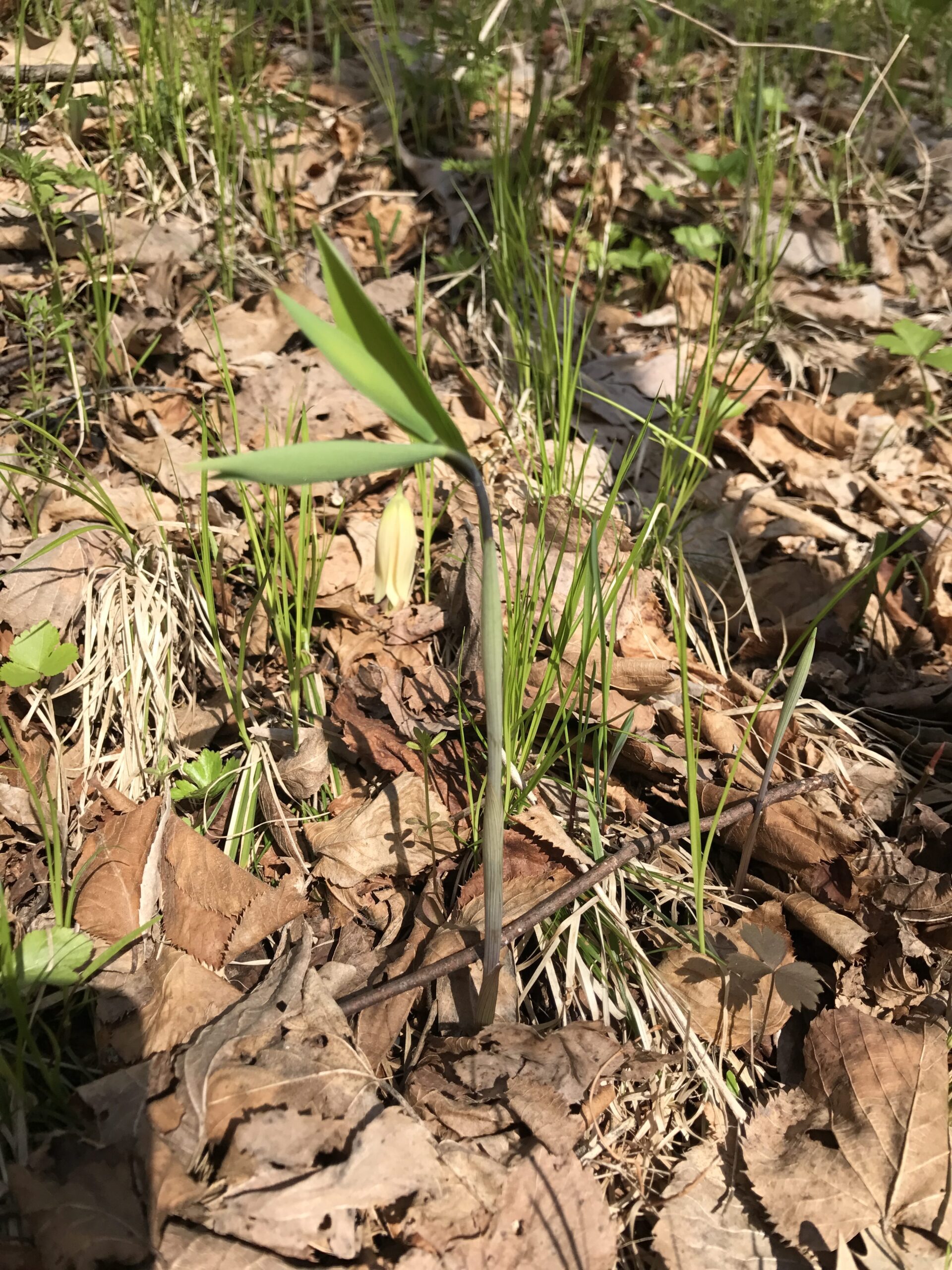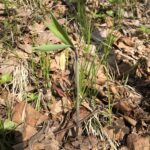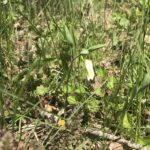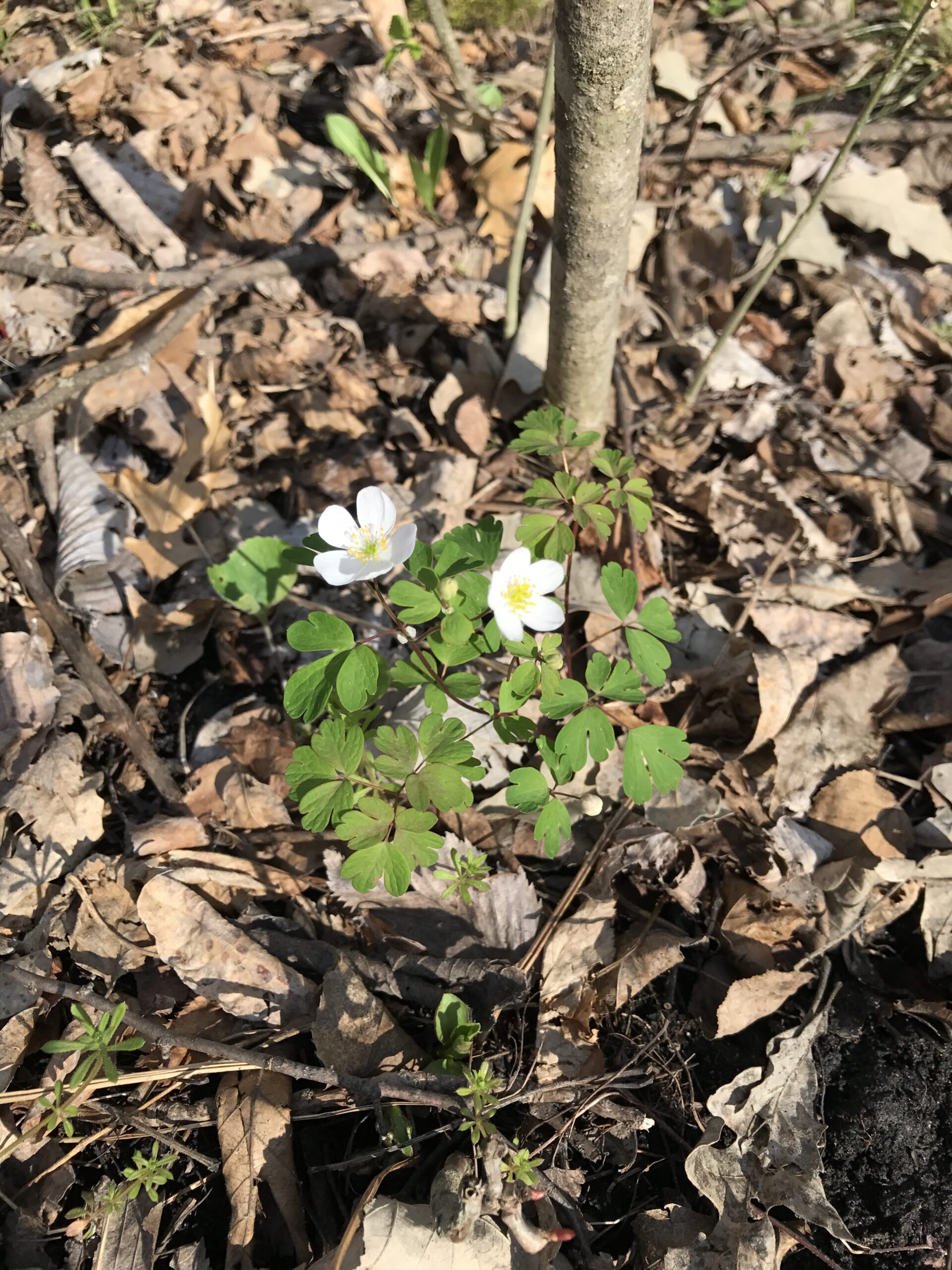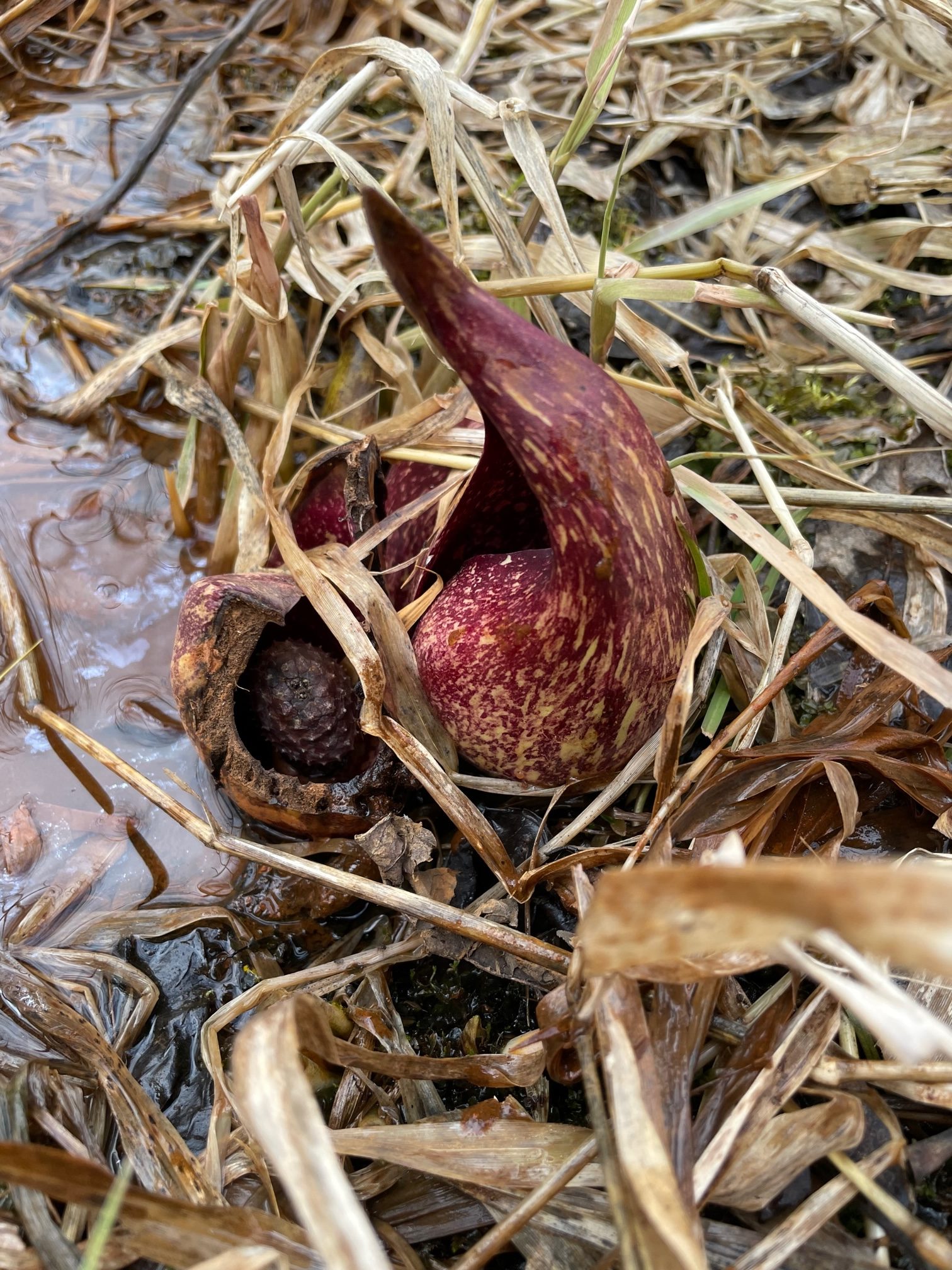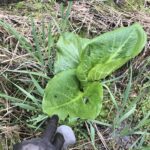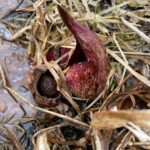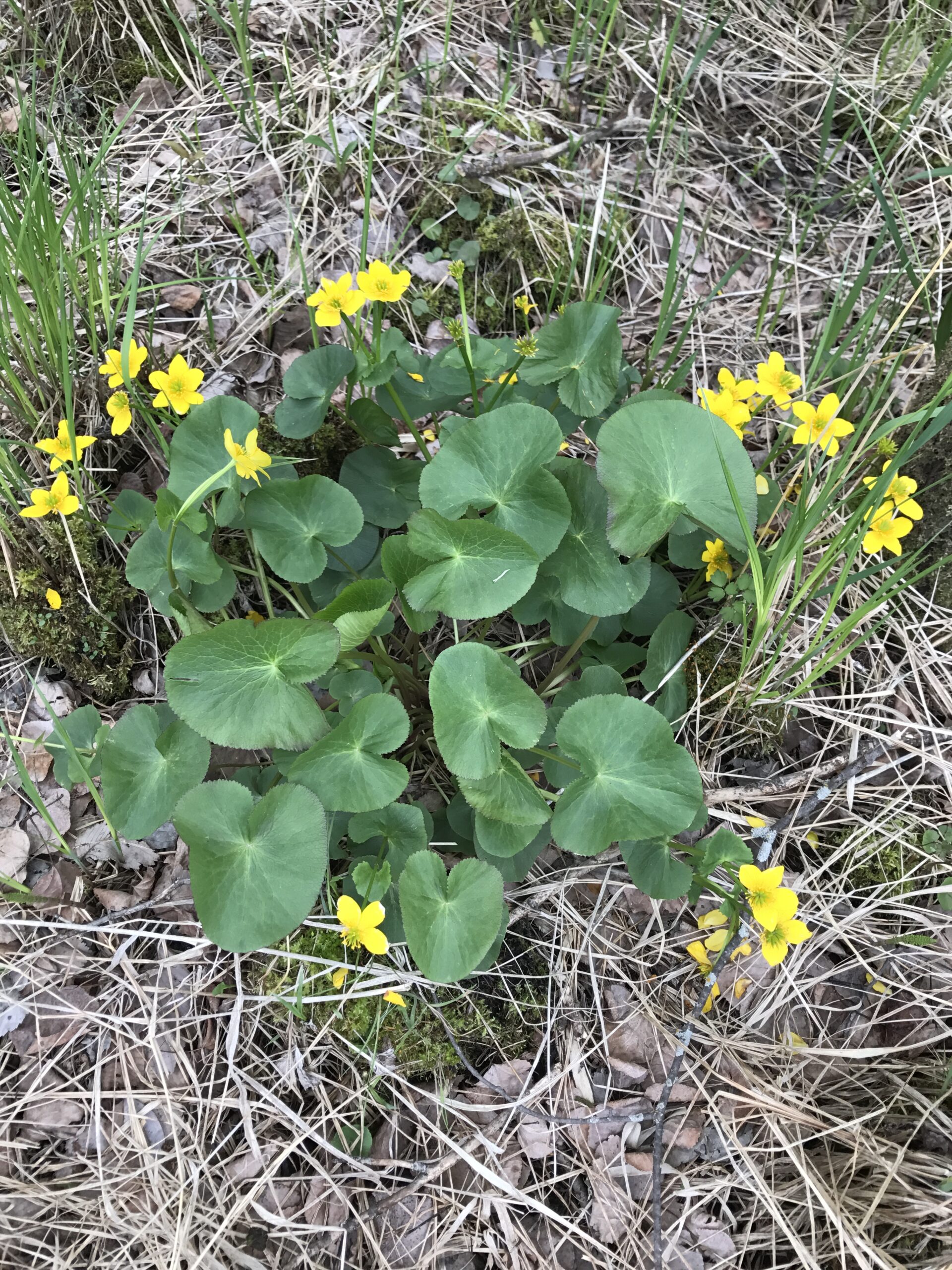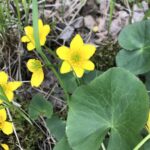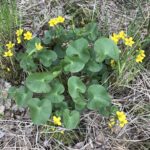Native To State: YES
Naturally Occurring: NO
Description
Symplocarpus foetidus (Skunk Cabbage) is a unique and fascinating perennial plant belonging to the Araceae family. Here are some key identification characteristics:
Appearance: Skunk cabbage is a robust herbaceous plant with large and deeply lobed leaves. It emerges early in the spring, often even before the snow has fully melted, giving it an extraordinary quality.
Leaves: The leaves of Symplocarpus foetidus are large, heart-shaped, and glossy. They can grow up to 2 feet (60 centimeters) in length and are often mottled with purple or maroon markings.
Flowers: The plant produces unique and unusual flowers known as inflorescences. The inflorescences are enclosed in a large, hood-like spathe that is either yellow or maroon in color. The spathe surrounds the spadix, which is a central column covered with tiny individual flowers.
Odor: One of the most distinctive features of skunk cabbage is its strong and pungent odor, similar to that of a skunk. The smell helps attract early spring pollinators, such as flies and beetles, which are attracted to the foul odor.
Habitat: Skunk cabbage is native to eastern North America and can be found in wetlands, swamps, and other damp, marshy areas.
Distribution: The species is found in regions ranging from eastern Canada to the eastern and central parts of the United States.
Conservation: Skunk cabbage is not considered a threatened species, and it plays an essential role in wetland ecosystems.
Other Species: Symplocarpus foetidus is the only species within the Symplocarpus genus.
Skunk cabbage is an intriguing plant that has adapted to bloom early in the spring when few other flowers are present. Its ability to generate heat and produce a strong odor helps attract pollinators in colder conditions, aiding in its reproductive success. It is also considered an important early-season food source for certain animals, including bears and deer.
The ability of skunk cabbage to produce heat is a fascinating and unique adaptation in the plant world. This phenomenon, known as thermogenesis, is relatively rare among flowers and is primarily seen in a few plant species, including some members of the Araceae family to which skunk cabbage belongs.
Thermogenesis in skunk cabbage serves several essential functions, especially in early spring when temperatures are still cold. By generating heat, skunk cabbage can raise the temperature inside the spathe, creating a warm environment that is more appealing to cold-blooded insects, such as flies and beetles. These insects are attracted to the plant not only by the heat but also by the strong, foul odor emitted by the spathe. The combination of heat and odor helps to draw pollinators to the flowers, increasing the chances of successful pollination and seed production.
The ability to produce heat is an energy-intensive process for the skunk cabbage, and it relies on specialized plant tissues and metabolic pathways to generate this warmth. This unique adaptation has evolved as an effective strategy to increase the reproductive success of the plant in the early spring when insect pollinators are scarce.
Occurrence
One specimen near crick and several in back 40 spring area.

